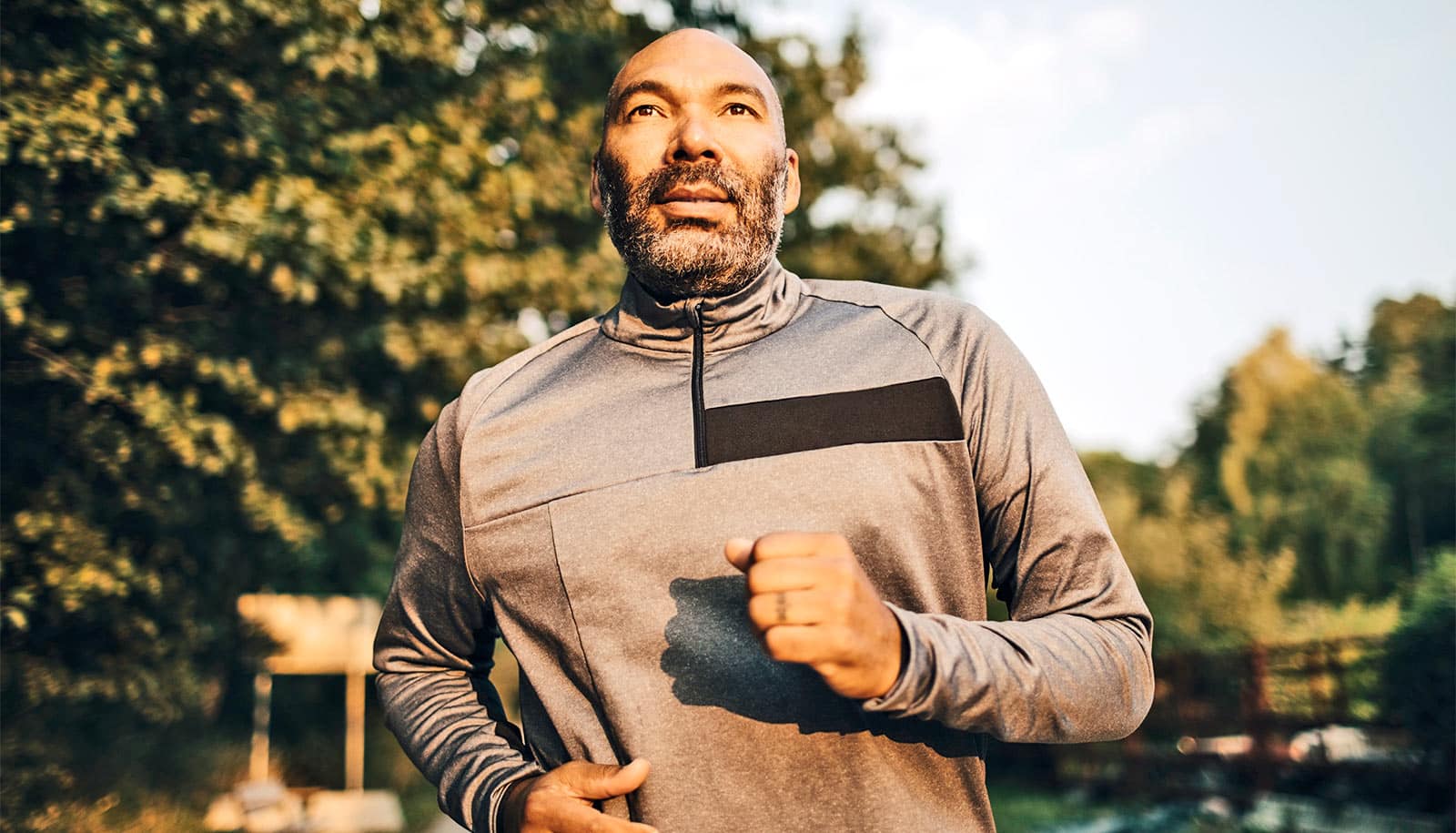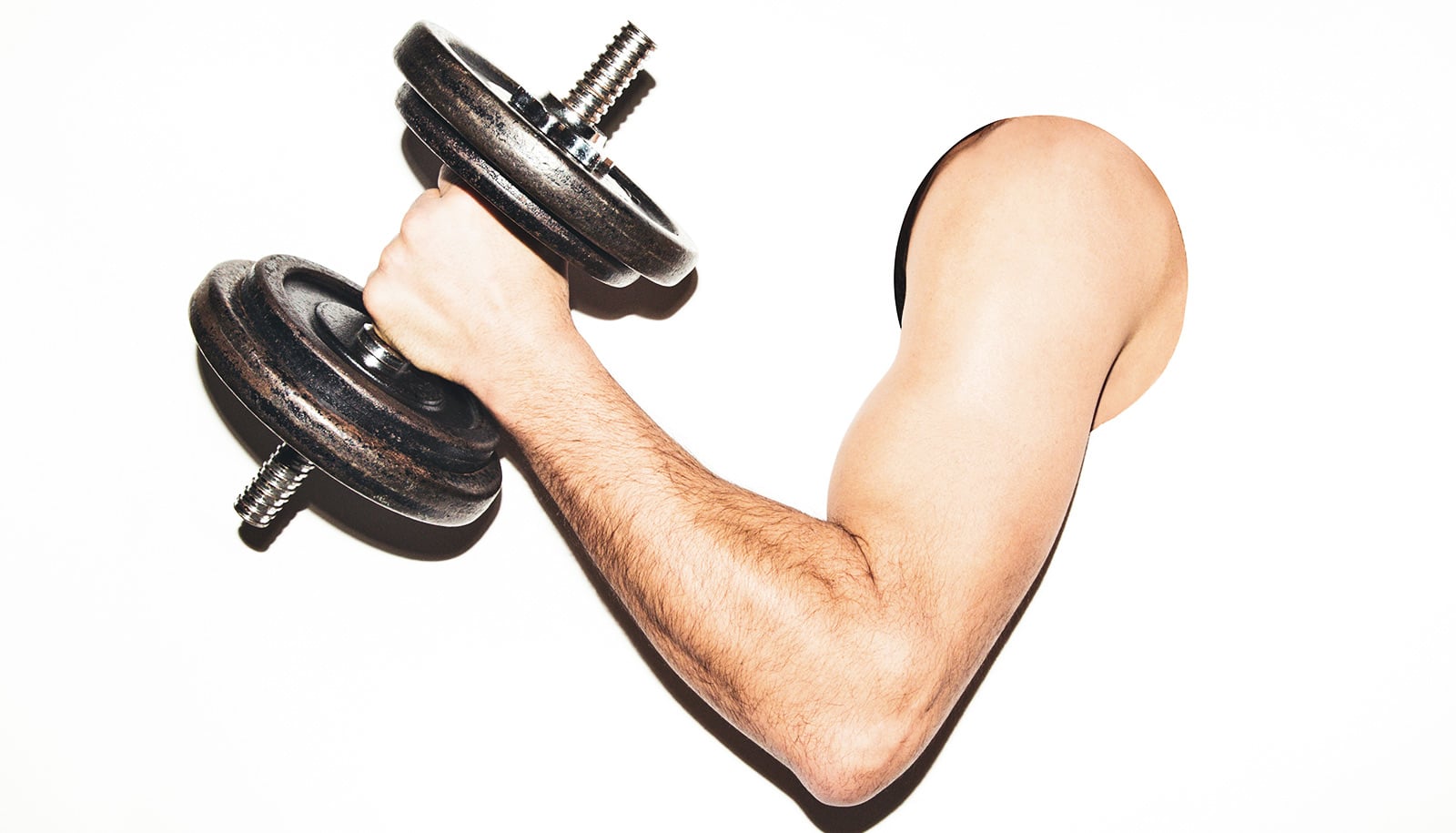The muscle that keeps you from peeing your pants, the pelvic floor, has some surprising connections throughout the body.
In fact, you can’t squeeze your glutes without contracting your pelvic floor, as well—whether you want to or not.
Scientists studying the source of chronic abdominal and pelvic floor pain found some evidence for a link as far away as the toes (try tapping a toe to see if you feel the clench), but the strongest link so far is with the glutes.
[related]
“We knew that pelvic floor muscles contract involuntarily in healthy people to make sure they don’t accidently urinate, but we didn’t know what part of the nervous system was doing this,” says Jason Kutch, corresponding author of the study and an assistant professor in the Division of Biokinesiology & Physical Therapy at the USC Ostrow School of Dentistry.
“Now we know that there are specific brain regions controlling involuntary pelvic floor contraction.”
The team used electromyographic recordings—which measure the activation of muscle tissue—to show that pelvic floor activation occurred in conjunction with the activation of certain muscles (like the glutes), but not others (like fingers).
They then used functional magnetic image resonance (fMRI) imaging to show that a specific part of the brain (the medial wall of the precentral gyrus—a part of the primary motor cortex) activates both when the pelvic floor contracts and when the glutes are squeezed—but not when fingers move.
“We hope that this vein of research will help us to find the causes of chronic pelvic floor pain, which disproportionately affect women, and may even yield information that could help people struggling with incontinence,” Kutch says.
Broadly, the finding speaks to the interconnected nature of our bodies and brains, and all of the hard work going on in the pelvic floor muscles—without us even know it.
Kutch collaborated with colleagues at USC and the Loma Linda University on the research. Their findings appear in the Journal of Neuroscience.
Funding came from the National Center for Medical Rehabilitation Research of the National Institutes of Health, as well as the USC Division of Biokinesiology and Physical Therapy and the Loma Linda University Physical Therapy Department.
Source: USC


